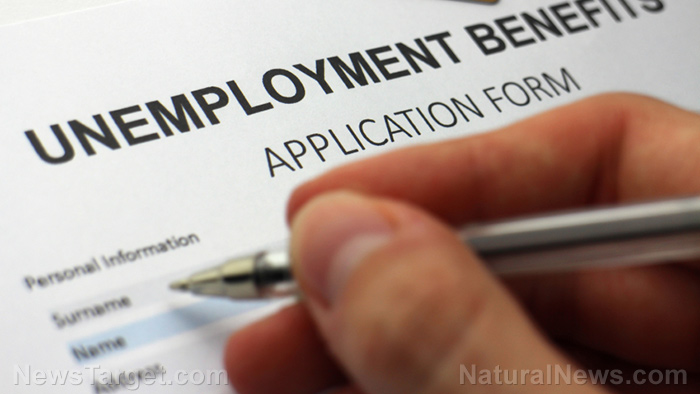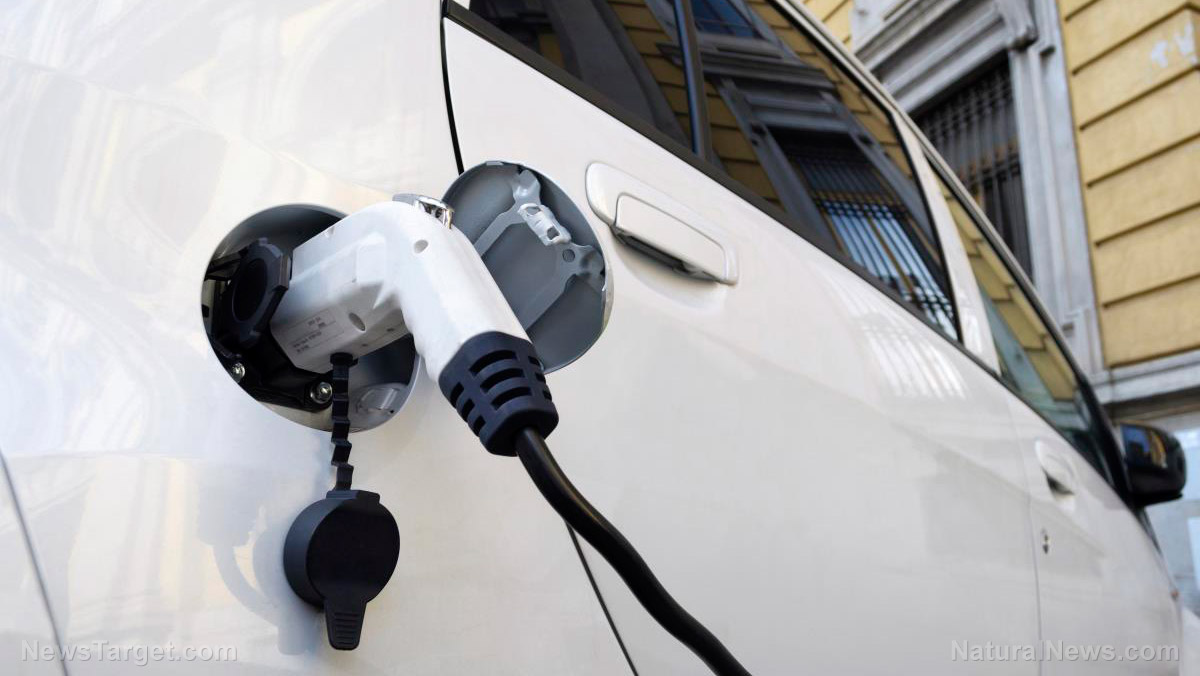 Parler
Parler Gab
Gab
Americans are dipping into savings and taking on more debt to make ends meet
The data from these indices indicates that Americans are now spending much more money than before covering monthly expenses, sending many to dip into savings and fall into even deeper debt. Average savings among American consumers dropped from $11,274 in May to $10,757 in June, according to LendingClub. Meanwhile, a Bankrate survey carried out in early June found that 23 percent of Americans do not have any emergency savings, while 28 percent say they have some savings, but it would not be enough to cover three months worth of expenses. Americans are also taking on more debt to get by, with many carrying higher monthly balances on their credit cards. On Tuesday, the New York Federal Reserve said that household debt in the U.S. has exceeded $16 trillion for the first time in history, while credit card balances rose by $46 billion last quarter. Credit card debt rose by $100 billion in the U.S. during the past year in an increase of 13 percent – the highest jump seen in more than two decades. According to the New York Fed, this credit card data reflects the struggles many are encountering amid persistent inflation. With prices climbing at their quickest pace in more than 40 years, it is only natural for borrowing to go up. At the same time, however, the Fed is raising borrowing costs aggressively due to inflation, which means it is now more expensive for Americans to carry a credit card balance. Last week, they raised their benchmark interest rate by ¾ of a percentage point for the second time in two months. It’s not just credit card balances that are on the rise; Americans also opened up 233 million new credit card accounts in the second quarter of this year, which is the highest number since 2008. The delinquency transition rate on credit cards and car loans is also rising, particularly in low-income areas. The report noted: "With the supportive policies of the pandemic mostly in the past, there are pockets of borrowers who are beginning to show some distress on their debt." Sources for this article include: CNBC.com Edition.CNN.comFed study: Ending pandemic-era government handouts led to massive increase in employment
By Arsenio Toledo // Share
World’s largest rice exporter, India, warns of output crisis amid heatwave
By Ethan Huff // Share
By Arsenio Toledo // Share
More nightmare shortages are coming thanks to this emerging conspiracy
By News Editors // Share
Governments continue to obscure COVID-19 vaccine data amid rising concerns over excess deaths
By patricklewis // Share
Tech giant Microsoft backs EXTINCTION with its support of carbon capture programs
By ramontomeydw // Share
Germany to resume arms exports to Israel despite repeated ceasefire violations
By isabelle // Share










